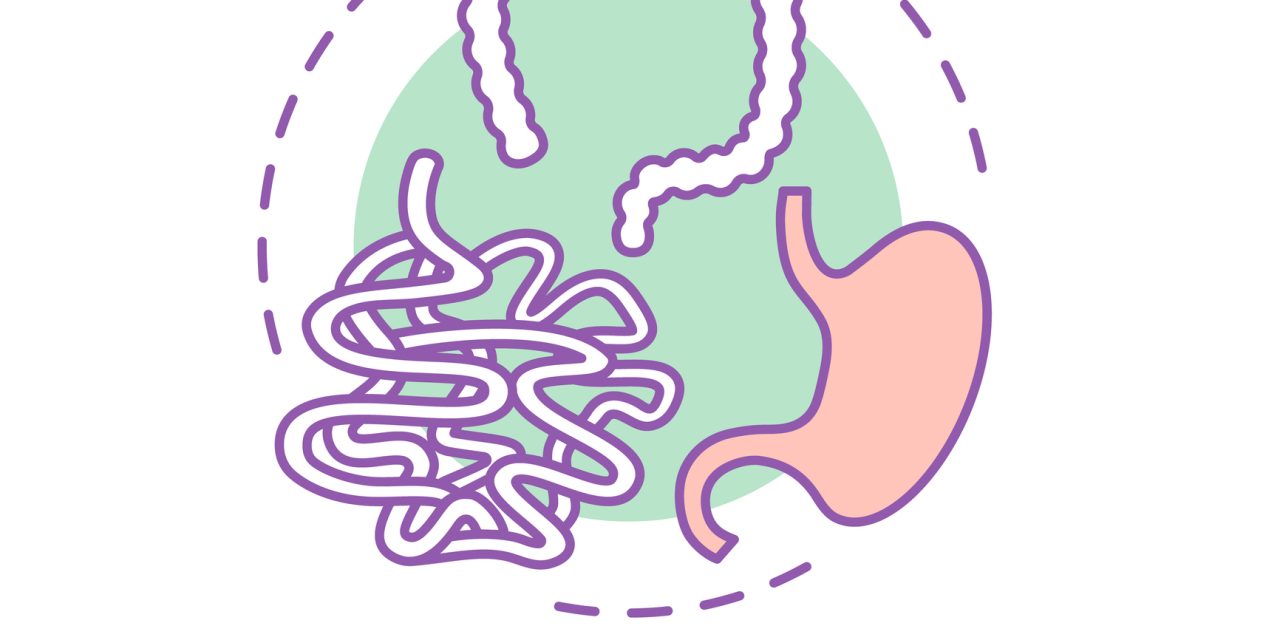The goal of this research was to compare the outcomes and side effects of two first therapies for autoimmune hepatitis in children: prednisone (PRED) with azathioprine (AZA) vs cyclosporine (CsA). Between December 2008 and February 2012, 50 patients were randomly assigned to one of two therapy arms. Group 1: PRED was prescribed at a dose of 1 to 2 mg/kg/ day, and AZA was prescribed at a dose of 1 to 2 mg/kg/day. CsA was given orally in two doses to Group 2 at a dosage of 4 mg kg1 day1. Following remission, all patients were given a combination of PRED 0.3 to 0.5 mg/kg/ day and AZA 1 to 2 mg/kg/day. If liver failure continued after one week of therapy, children were placed on a triple immunosuppressive regimen; after liver function normalized, they were returned to their original treatment plan. PRED-AZA and CsA were administered to a total of 26 patients. Both therapies exhibited similar early efficacy and safety findings, however PRED-AZA reached remission earlier: 8.6 weeks versus 13.6 weeks for CsA. All of the youngsters restored their liver function in an average of 32-26 days. Cushingoid syndrome was more common with PRED-AZA, while gingival hypertrophy was more common with CsA. From beginning therapy until remission, all patients had a substantial rise in body mass index, which was higher with PRED-AZA.
PRED with AZA or CsA therapies had comparable results. Depending on the features of each patient, any therapeutic method might be utilized. In individuals with acute liver failure, triple immunosuppression proved helpful.


